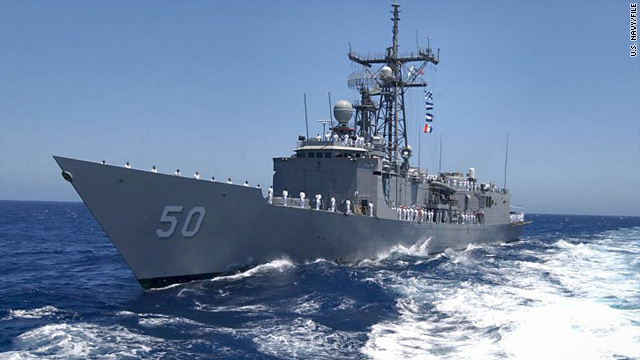(Mainichi Japan) September 18, 2010
The Mainichi answers common questions readers may have about recent monkey attacks on residents in Shizuoka Prefecture.
Question: There have been many people attacked by monkeys in Shizuoka Prefecture, and some have been injured. Are monkeys aggressive by nature?
Answer: Monkeys are not thought to be aggressive by nature. Monkeys may attack to protect themselves or their children if humans draw too close, but they do not show a habit of initiating violence against humans. There have been cases in the past of Japanese Macaques biting humans, but those cases have always been explainable as the monkey was defending its young or otherwise acting in defense.
Q: But it sounds like this time around, the monkeys are the ones approaching, and they're biting and scratching humans. What's different about these monkeys from those in past cases?
A: Some experts have suggested that the monkeys in Shizuoka may have been kept by humans. While kept at a facility or by an individual or individuals, they may have learned aggressive behavior. The fact that many of the victims have been female may indicate the monkeys are looking for weak targets to attack, or it simply is because from morning to evening, the time period when the monkeys have been sighted, there are generally more women outside than men.
Q: What type of monkeys attacked people in Shizuoka Prefecture?
A: Based on photographs and video taken of the monkeys, experts have said they appear to be macaques. Specifically, their builds and tail lengths resemble those of Japanese macaques.
Q: It seems like it must be difficult to capture monkeys. Is it?
A: Capturing monkeys with nets is indeed difficult, so tranquilizer guns or traps are usually employed. The city of Mishima, where victims of monkey attacks continue to appear, has set up traps and is prepared to use tranquilizer guns in an attempt to capture the monkeys. Experts, meanwhile, have called on the city to enlist the aid of researchers well-versed in primate behavior and to act in concert with local residents to limit any further attacks.
Q: Is there no way to make the monkeys stop attacking?
A: The only way would be to retrain the monkeys, teaching them that they mustn't attack humans. This would, however, require a large amount of time and effort. The monkeys may have to be kept in captivity rather than returned to the wild if they cannot be retrained.
Q: What should I do if a monkey bites me?
A: According to Tadashi Sankai, chief researcher at the Tsukuba Primate Research Center, National Institute of Biomedical Innovation, since monkeys and humans are both primates, viruses spread more easily from monkeys to humans than from other animals. Some viruses macaques can hold are potentially fatal. There is, however, no known example of one of these viruses spreading from a Japanese macaque to a human. Furthermore, if a wound is quickly disinfected and treated, the probability of infection is greatly reduced. If you are attacked by a monkey, even if you only receive a minor injury, it is important to be seen by a doctor.
(Answers by Etsuko Nagayama, Science and Environment News Department)






